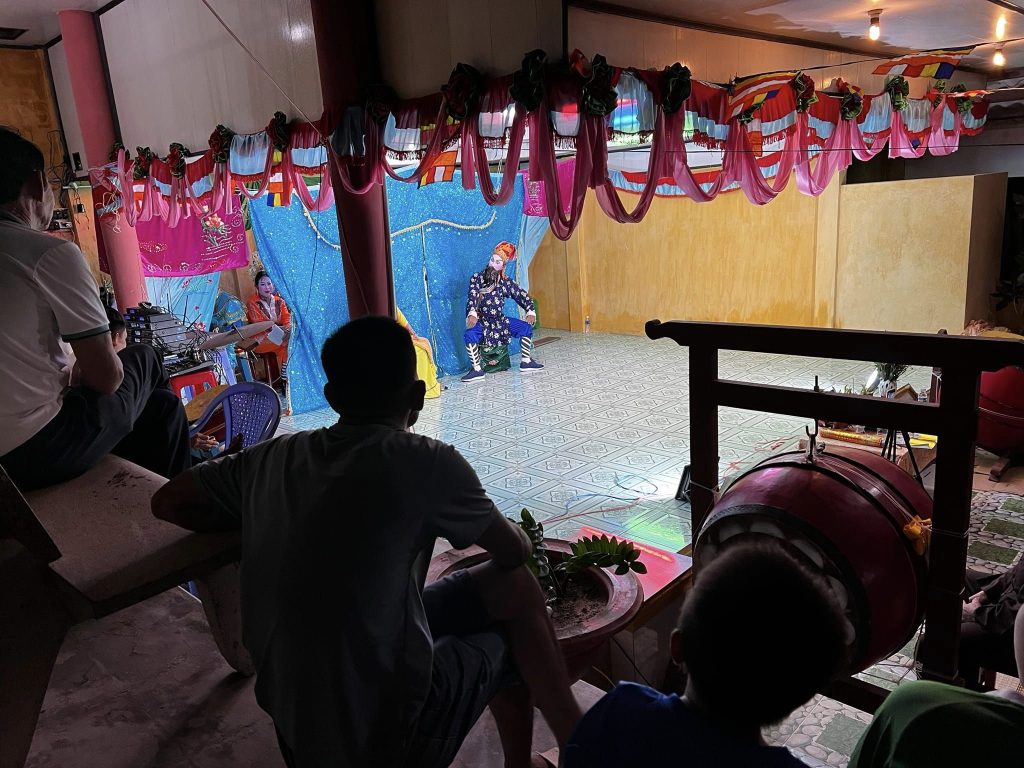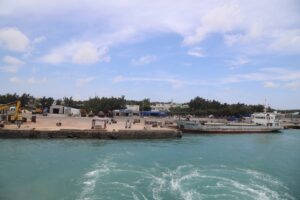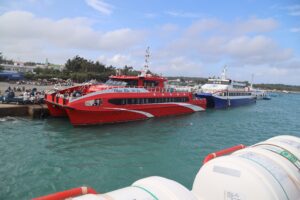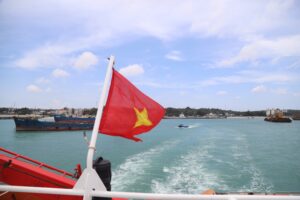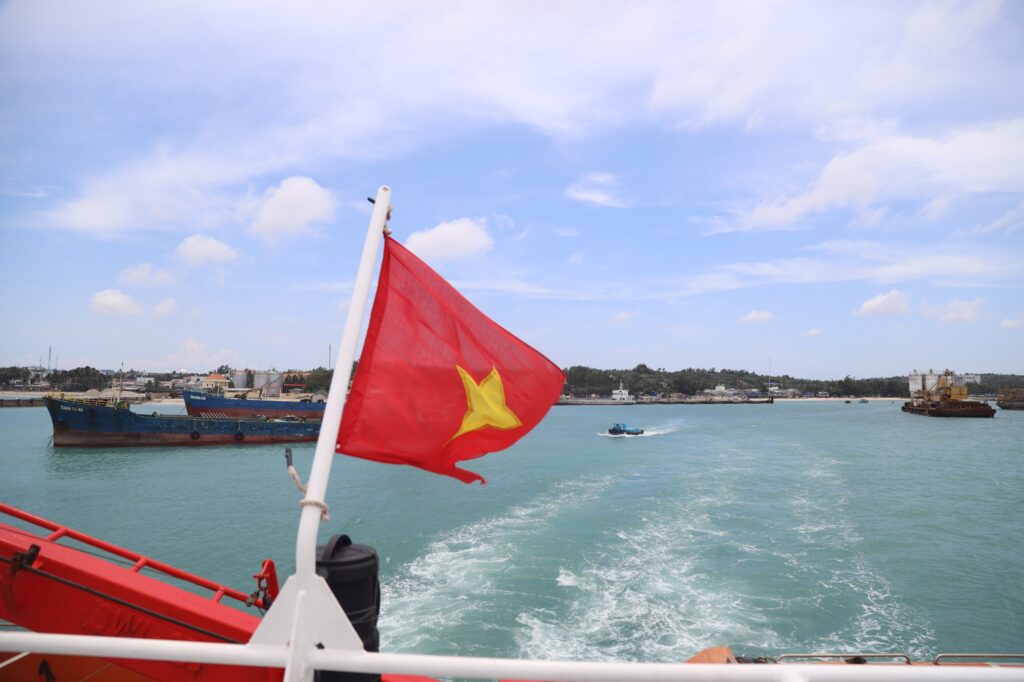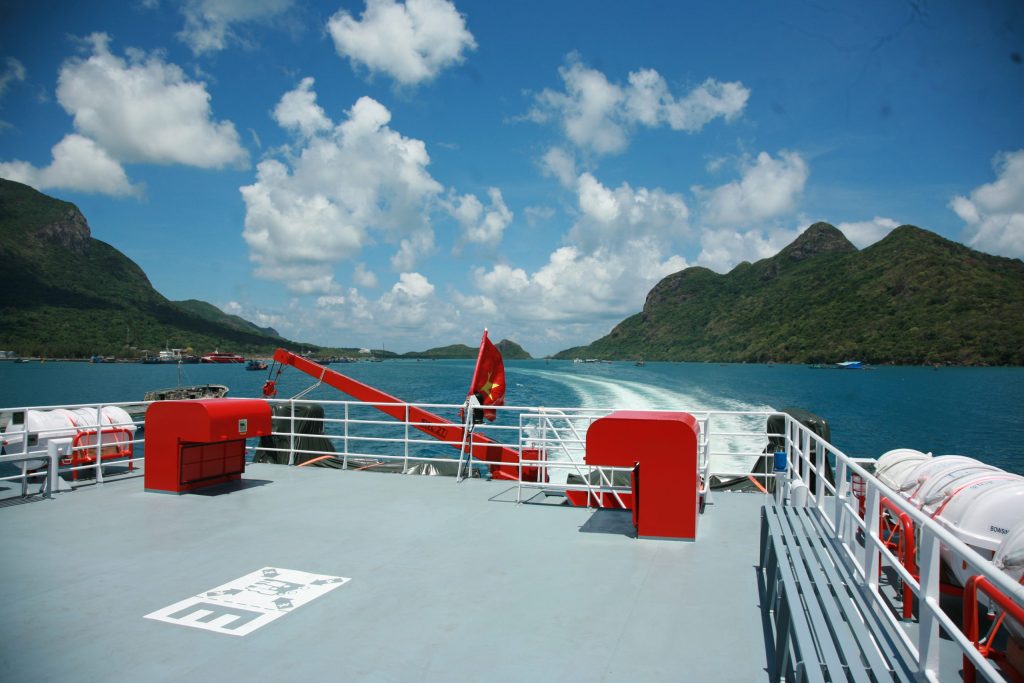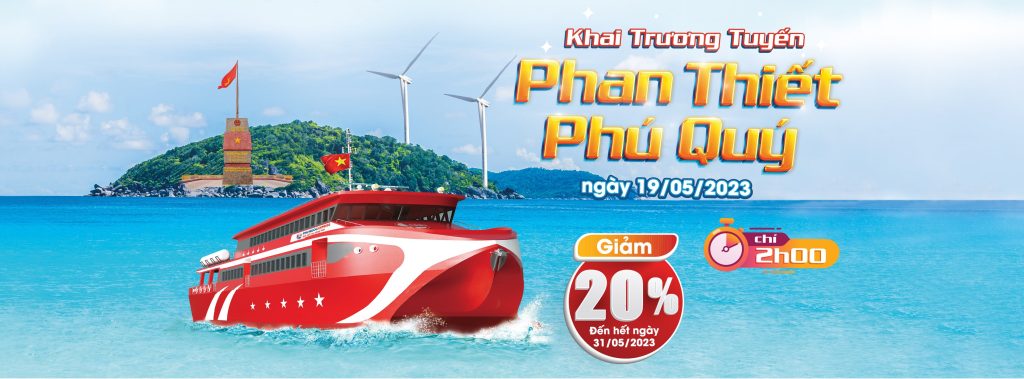Living amid the vast ocean, in an isolated environment, the people of Phú Quý have, for generations, led lives closely tied to the sea. Furthermore, most of the island’s inhabitants are originally migrants. All these factors have contributed to shaping a unique cultural identity, distinct from the mainland in terms of customs, traditions, and folk beliefs. The harmonious blending of cultures from different ethnicities and regions has given this island a new cultural hue—a space that feels both familiar and novel.
Today, Phú Quý still preserves many ancient customs and beautiful traditions, reflected in daily habits, interpersonal behavior, and ceremonial practices such as weddings and funerals.
In their communal culture, the people of Phú Quý have long shared hardship and supported one another. The prolonged self-sufficient economy also contributed to a relatively egalitarian social structure. On this sun-scorched and wind-swept land, community members treat each other with warmth, equality, and mutual support. Everyone looks out for one another, always ready to lend a hand in times of need. Islanders believe their ancestors came from impoverished central Vietnam in search of a better life, and as a result, they see everyone in the community as kin. Village bonds are strong and enduring.
Perhaps because the population lives in a small, densely packed strip of land along the southwestern part of the island (in Ngũ Phụng and Tam Thanh communes) and the northeastern corner of Long Hải commune, and due to their deep sense of solidarity, there are no house numbers on the island. Initially, we thought this would make it difficult to find certain elders for our fieldwork, but we were pleasantly surprised. Simply finding one well-known elder was enough—they would help direct us to everyone else.
One charming local custom is the respectful avoidance of calling elders by their full names—not due to taboo, but out of reverence. Instead, people refer to elders by the names of their sons or grandchildren. For example, we once asked for directions to Mr. Dương Uyển’s house in Phú An Village, but no one recognized the name. When we asked for “Mr. Nhối’s grandfather’s house,” everyone knew. “Nhối” was the nickname of Mr. Uyển’s grandson. Similarly, asking for Mrs. Võ Thị Hướng in Tam Thanh yielded no result—until we asked for “Mrs. Phít’s house,” referencing her daughter.
Betel chewing, an ancient Vietnamese custom that symbolizes the balance of yin and yang, remains popular on Phú Quý. Visiting homes on the island, we saw that nearly all elderly residents chew betel, and every household keeps a betel box and tobacco tube. Typically, a betel quid includes a piece of areca nut, a lime-coated betel leaf, and a bitter bark substitute. Lacking this bark, islanders use hand-cut and sun-dried tobacco leaves instead. Areca nuts must be imported from the mainland. The sweet, spicy, aromatic blend of these ingredients creates a mildly intoxicating experience, fostering warmth and enthusiasm in conversation.
Life on this remote island has profoundly shaped the mindset and emotional world of its people. The longer people live close to nature, the deeper their bond with it. The sea is both a source of sustenance and sorrow. Thus, spiritual beliefs here are deeply rooted in maritime traditions, particularly the worship of sea deities. Living with constant risk, islanders revere nature and divine power. They believe in the sacred protection of the Whale God (Thần Nam Hải), who is seen as a guardian of fishermen at sea. This belief gave rise to the Whale Worship tradition, common in Vietnam’s central and southern coastal regions.
By tradition, locals avoid saying someone “died” (chết) and instead say “departed” (lụy, hóa). Whenever a whale’s body is discovered, regardless of distance, fishermen suspend their work to escort it ashore for burial. The person who finds the whale acts as its “child” in funeral rites and wears white mourning cloth, while the boat’s owner wears red. Mourning lasts 24 months for medium or small whales, and 36 months for large ones. During this time, mourners must avoid drinking or any actions that may dishonor the whale. After the mourning period, a reburial ceremony is held where the bones are cleaned, dried, and washed in alcohol before being placed in the village’s whale mausoleum.
Locals recount that when a whale nears death or is injured, others support it ashore, where fishermen receive it with great respect. During burial and reinterment ceremonies, the entire fishing community gathers to mourn and perform traditional music and rituals like chèo Bá Trạo, praising the Whale God’s virtue and expressing grief. In gratitude to this “guardian of the sea,” each of the island’s three communes has established whale mausoleums (10 in total), where royal whale edicts are preserved and annual offerings are made.
Folk belief in ancestral spirits and deities reflects communal bonds and faith in spiritual protection. The saying “Every land has its tutelary deity, every river its guardian spirit” shows the islanders’ belief that divine beings reside in all places. Worship offers comfort and strength, helping people cope with life’s hardships. Alongside the powerful Whale God, Buddhism is also a prominent and widely respected faith on the island. Facing cultural deprivation and natural adversity, islanders turn to spiritual teachings for solace and guidance.
Despite its modest size (16.4 km²), Phú Quý boasts seven temples. The most famous is Linh Quang Pagoda, the birthplace of Buddhism on the island, established in 1747. It’s a large folk architectural structure with historical, archaeological, and artistic value. The pagoda is also linked to Emperor Gia Long and surrounded by many legendary stories, lending it a mysterious and ancient aura.
Reliance on diverse natural elements has shaped the islanders’ syncretic worldview, resulting in polytheistic beliefs. These go beyond ancestral worship to include communal deities such as thành hoàng (village tutelary gods) and Tiền Hiền (founding ancestors). Temples like Triều Dương, Mỹ Khê, Hội An, and Phú Mỹ serve as spiritual centers. There are also shrines for various spirits such as Bà Giàng (stone goddess), Thiên Y A Na (Cham Mother Goddess), Princess Bàn Tranh, Bà Chúa Ngọc, White Horse Eunuch, Lord Guan, and Thầy Sài Nại, a revered Chinese sea deity. Each deity embodies a layer of cultural mystery, inviting exploration and discovery.
Like many regions across Vietnam, Phú Quý hosts traditional festivals during the early spring—when farming and fishing slow down and expatriates return home. These festivals include: the Linh Quang Pagoda Buddhist Festival, the Bàn Tranh Temple Festival, the Thầy Nại Edict Procession, and the Whale God Festival (Lễ Nghinh Ông). These events allow locals to express reverence for ancestors and deities, praying for peace, prosperity, and protection.
From this initial exploration, it’s clear that Phú Quý’s island culture is shaped by both natural conditions and historical migration. Harsh environments—rains, storms, waves—have forged a resilient spirit. The island’s isolated geography has deeply influenced social and spiritual life.
Settlers from the impoverished central coast—many of them migrants—created a highly communal cultural space. The island’s culture isn’t homogeneous but the result of continuous interaction and integration. This process has unfolded over centuries, beginning with the indigenous Cham people, followed by ethnic Kinh and Chinese settlers in the 18th century. Each brought distinct cultural traits that now coexist.
Above all, these cultures have blended into defining features: a sea-centered consciousness, spiritual resilience, and collective empathy. These traits are crystallized in the island’s folklore, shaping the themes and structures of its oral traditions.



